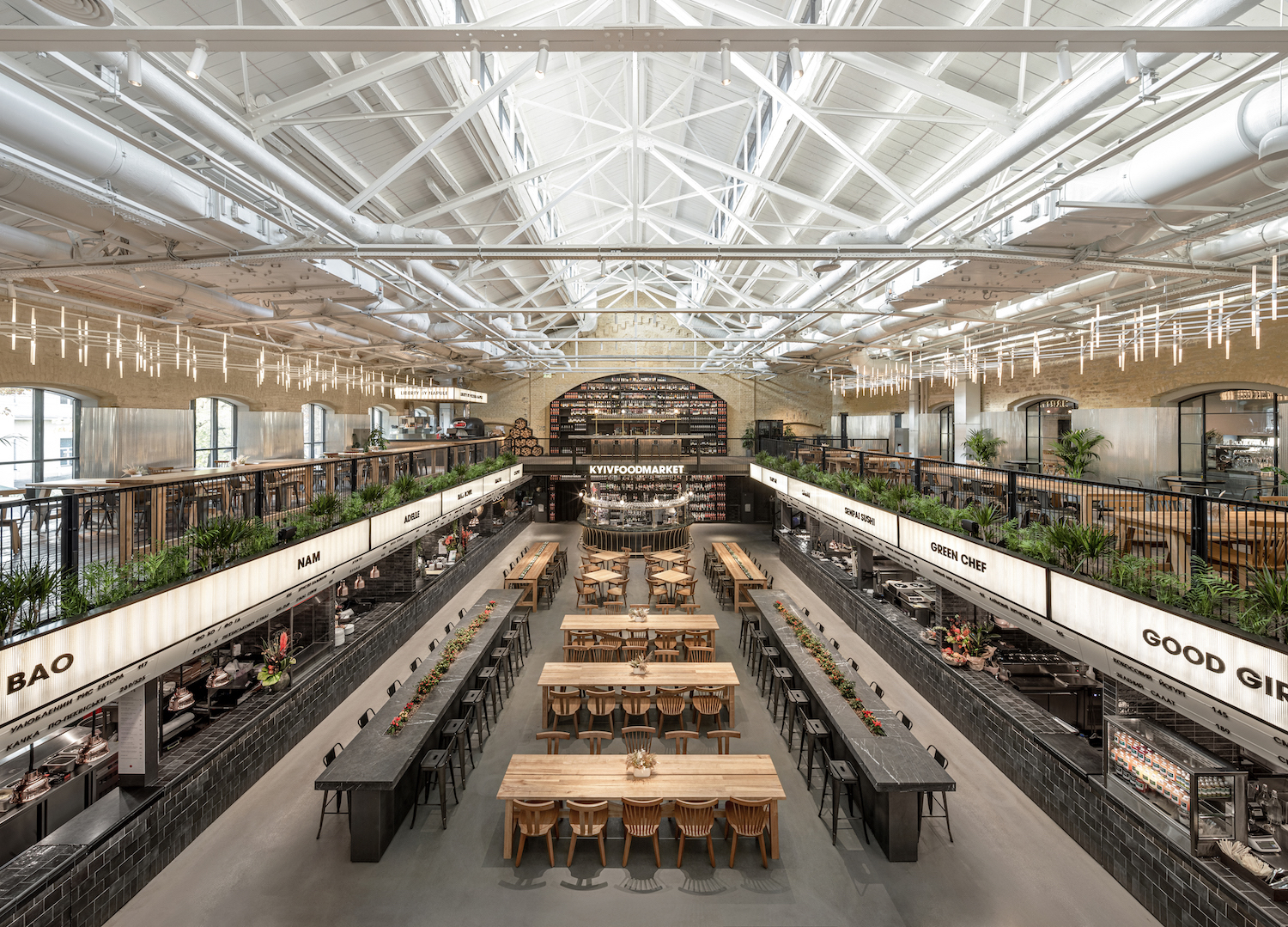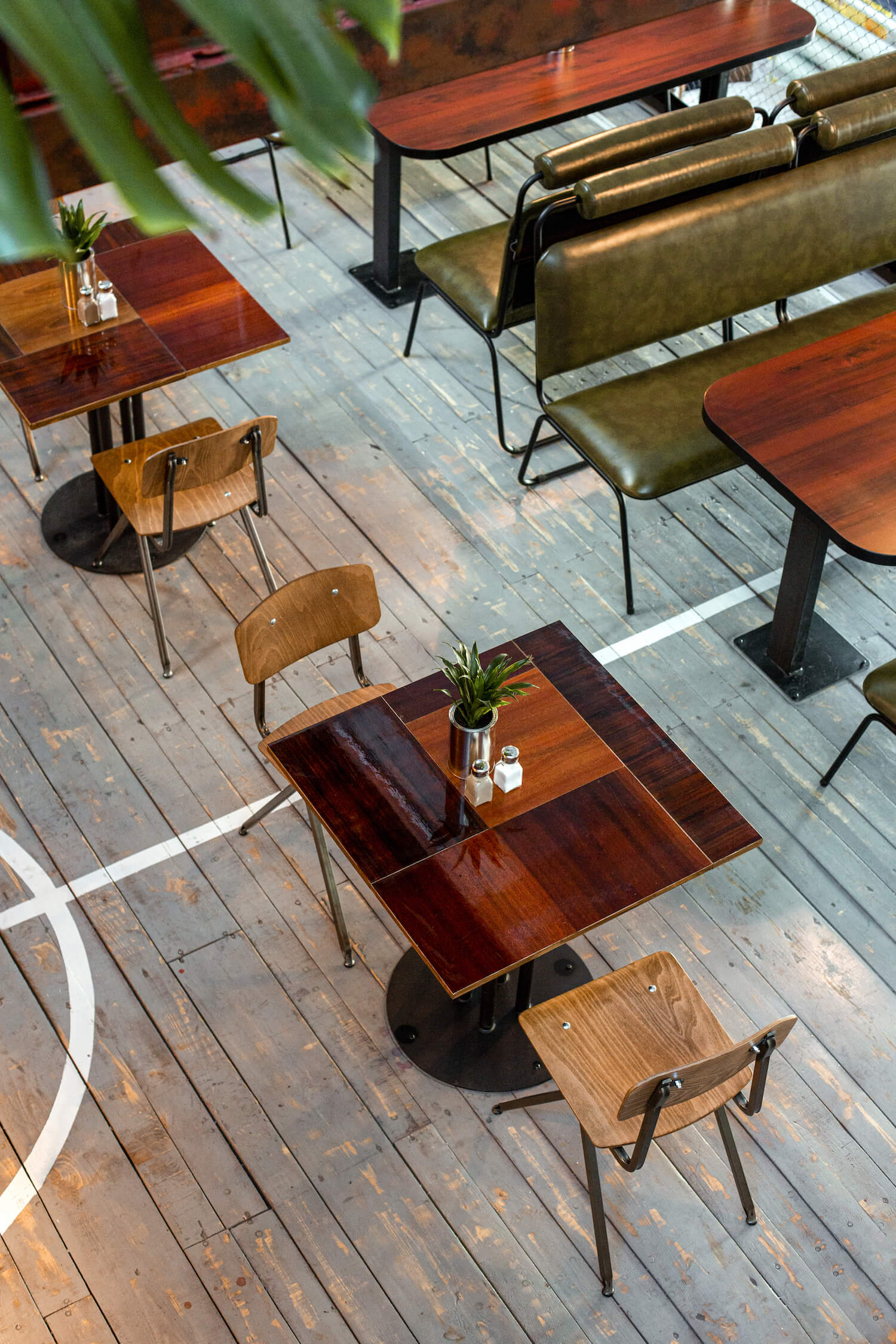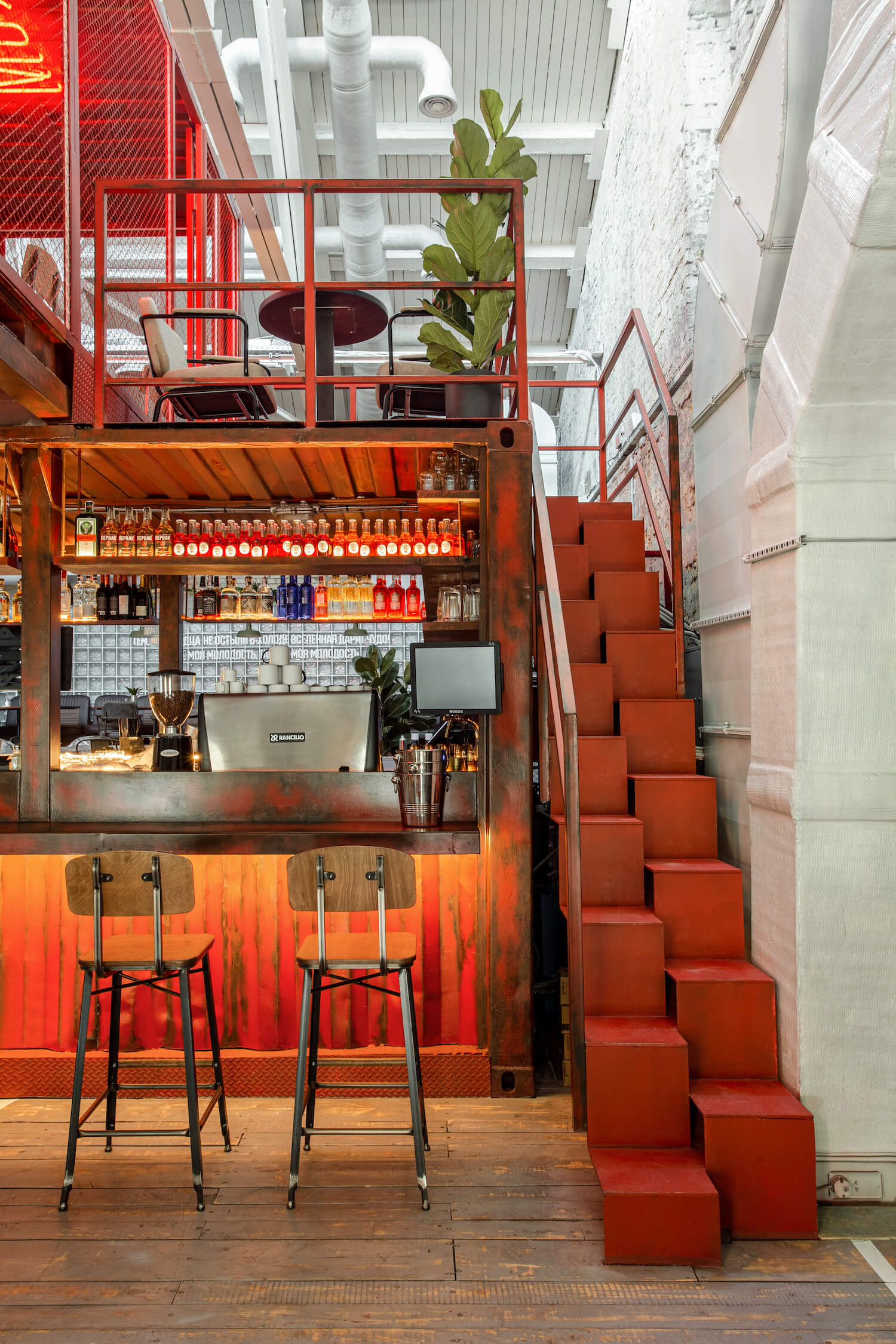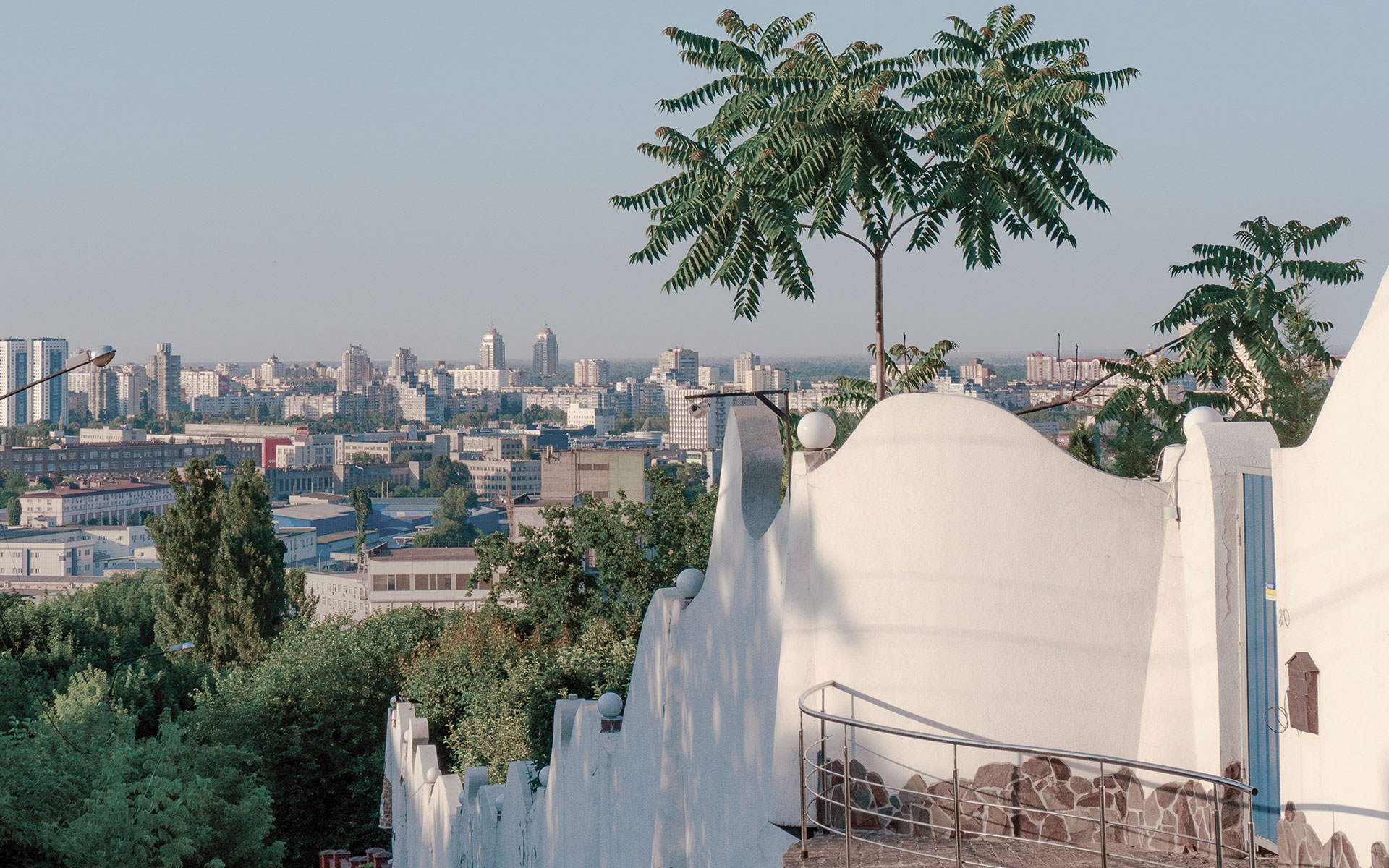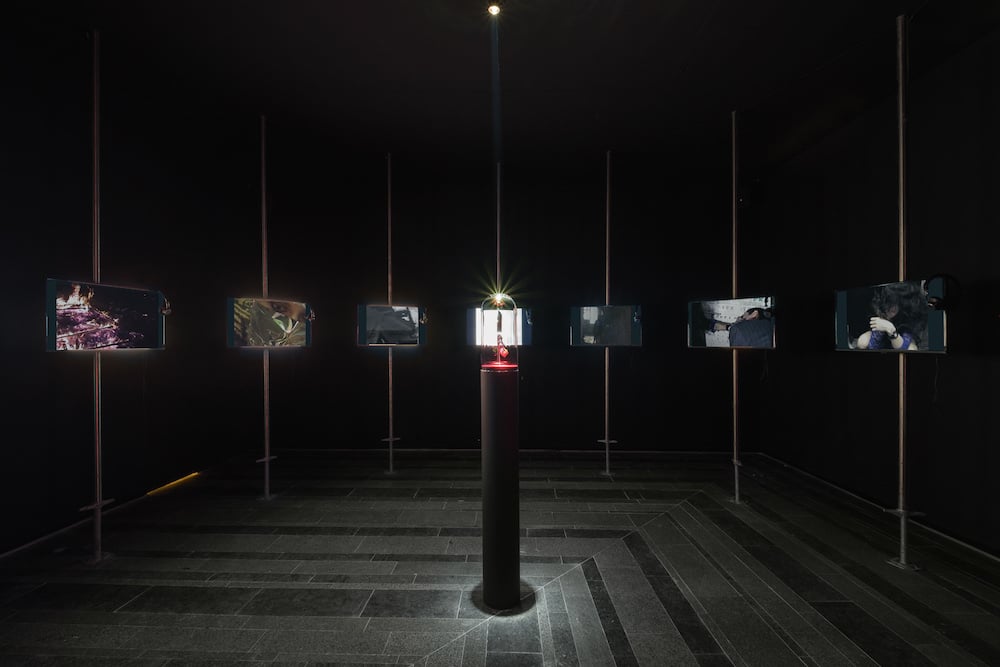From the ground up: the battle to transform Ukraine’s unloved buildings with cutting-edge design

Hundreds of buildings stand unoccupied in modern Kyiv, but most architects and developers still prefer to build from the ground up. Now, the Balbek Bureau is leading a new wave of change: not just by creating some of Ukraine's hottest new venues, but by advocating even for the country’s most controversial structures.
Ask for a recommendation while visiting any major city in Ukraine, and you’ll most likely be directed to a building designed by the Balbek Bureau: whether it’s a restaurant in an old Odesa bathhouse, a boutique hotel in Kyiv’s Podil district, or a 1400 sq m pub in a former industrial block in Lviv. At the age of just 36, architect Slava Balbek and his team — based in Kyiv and run predominantly by women — are shaking up the western perception of post-Soviet Ukraine. With over thirty bars and restaurants, several residential and cultural ventures, and four hotels underway, the architectural interior design firm is revolutionising Ukrainian design, one adaptive reuse project at a time.
Balbek doesn’t want to just catalogue and protect historic buildings. He wants old structures to be put to good use
When I first met Balbek shortly after arriving in Kyiv last year, I asked him out of curiosity about the red brick building we were sitting in on the capital’s Mechnykova Street. The space, he told me, was a morgue and sanatorium which had fallen into disrepair. He had met with the owners and proposed an overhaul of the triple-height stairwell to highlight its soaring glass-brick wall. The project was ultimately denied (and the glass blocks removed), but such knockbacks do little to dampen his willingness to advocate for the existing urban landscape of his cherished city.
Balbek doesn’t want to just catalogue and protect historic buildings. He wants old structures to be put to good use — after all, if buildings aren’t serving a purpose, then what is the basis behind their protection? “The best example of preserved architecture is the one that is implemented,” he insists. The bureau is rooted in the belief that there are hidden architectural gems all over Ukraine hiding in plain sight — from a rundown store front or the site of a former bank branch. The city of Kyiv alone is home to innumerable styles of architecture, ranging from 18th-century Baroque, to late-19th- and early 20th-century Gothic, Art Nouveau, and even Moorish Revival, like the Karaite Kenesa or the Rozenberg Synagogue.
But regenerating old buildings is a practical choice, as well as an aesthetic one. In cities such as Kyiv, many of these historic buildings lie unoccupied. Regeneration projects also provide opportunities for architects to illustrate smart solutions to seemingly insurmountable problems.
One of the earliest examples of Russian Classicism in Kyiv is the military arsenal by Pechersk Fortress, which was overhauled by Balbek Bureau in 2019 and turned into the bustling 2000 sq m Kyiv Food Market. Originally built early in the reign of Catherine the Great, the building went through various incarnations, eventually working as an ammunition plant and a factory for KIEV cameras from the end of the Second World War until 2009.
The Molodist Bar in Kyiv, part of the city’s former arsenal building. Image: Balbek Bureau
After ten years of disuse however, the arsenal building was in disrepair. Balbek found the site blocked off with green-painted boards and surrounded by cigarette-selling kiosks and food stalls that heaped visual clutter onto a striking structure in the heart of Kyiv. “This old building was already dying, with half the bricks falling off,” Balbek remembers.
The transformation strove to preserve as much of the original fabric as possible. One of the biggest challenges was to highlight and preserve its original roof and skylights. “The main bearing structure of the roof and trusses was preserved in their authentic form. The lathing of the roof was dismantled, then restored, repainted, reinforced, and finally reinstalled,” Balbek says.
As more people got involved in the project — real estate developers, vendors, construction engineers, and architects — it only became more challenging. “Firstly, the project had to conform to technical standards and requirements of working with historically important buildings;” Balbek explains, “secondly, the implementation had to be continuously coordinated between design, construction, and development teams; lastly, it had to be completed within one year.”
The gargantuan project also faced numerous technical restrictions, including a lack of modern infrastructure, such as wires for telephones or internet connectivity. The team ingeniously worked around the problem by concealing the ventilation tubes and cabling system from the public view by burying them underground, a technique that has since been applied in other interior design projects like the nearby Zweig bar, which highlights its original half-arched brick ceilings and a freestanding kitchen built reusing bricks brought in from demolitions around the arsenal complex. Today, both Zweig and the Kyiv Food Market are part of the larger complex that includes co-working and office spaces, plus other gastronomic ventures around a green public park. Together, they have revitalised the pedestrian area around the local metro station, while preserving a small slice of Kyiv’s heritage.
Renovating historic buildings, however, is not without its controversies, particularly when it concerns Ukraine’s modernist and constructivist architecture: remnants from the Soviet period that carry significant cultural baggage. Contemporary Ukrainian architecture has continuously sought to abandon its association with its socialist forebears of the 20th century, some of which still bears Soviet symbols despite decommunisation laws adopted in 2015.
The Balbek Bureau says that is has never gone out to elevate Soviet architecture, or glorify the past with which it is associated. It says that it simply wants to acknowledge its presence, to modernise it, and most importantly, readapt it. They emphasise that despite being associated with the USSR, these buildings were designed by accomplished Ukrainians.
In 2019, Alex Bykov, architect and co-founder of the #SAVEKYIVMODERNISM initiative, invited Balbek and a group of around 400 architects to discuss the fate of the 1971 Ukrainian Institute of Scientific, Technical and Economic Information, and the State Scientific and Technical Library, with the nonagenarian architect Florian Yuriev. Known locally as Tarilka or The Flying Saucer, the building has been the subject of a love-hate relationship with Kyivans, and it is now threatened by the development of an extension to the adjacent Ocean Plaza shopping mall. Balbek and Bykov, under Yuriev’s direction, voluntarily put together a restoration plan for retail development tycoon Vagif Aliyev and presented it in May 2019. A year later, the proposal remains ignored and while development around the property is not slowing down, Balbek will continue to push for the preservation of theTarilka.
Making the case for saving Soviet-era architecture “is a very controversial issue,” Balbek admits, not just due to its political associations, but due to its distinctive look that divides public opinion. “Society, as we know, does not always have a unanimous opinion on these things,” he says. “I’m a fan of Modernism and Constructivism in architecture. Most structures that we see in this style might not be specific monuments to Ukrainian architecture, but it’s time to analyse, catalogue, and protect them.”
The bureau also tries to integrate a holistic strategy that involves the community, often using social media to invite local residents to take part in projects. As well as boosting inclusion, it also boosts the idea of strong Ukrainian design and architecture, at home and worldwide.
Ultimately, however, Balbek is still fighting an uphill battle in Ukraine. “Investments in revitalization are most often greater than new capital construction,” he says, “and investors are more likely to follow finances rather than historical value.” But by breathing life into otherwise forgotten monuments of Ukrainian architecture Balbek still hopes to save them for future generations.
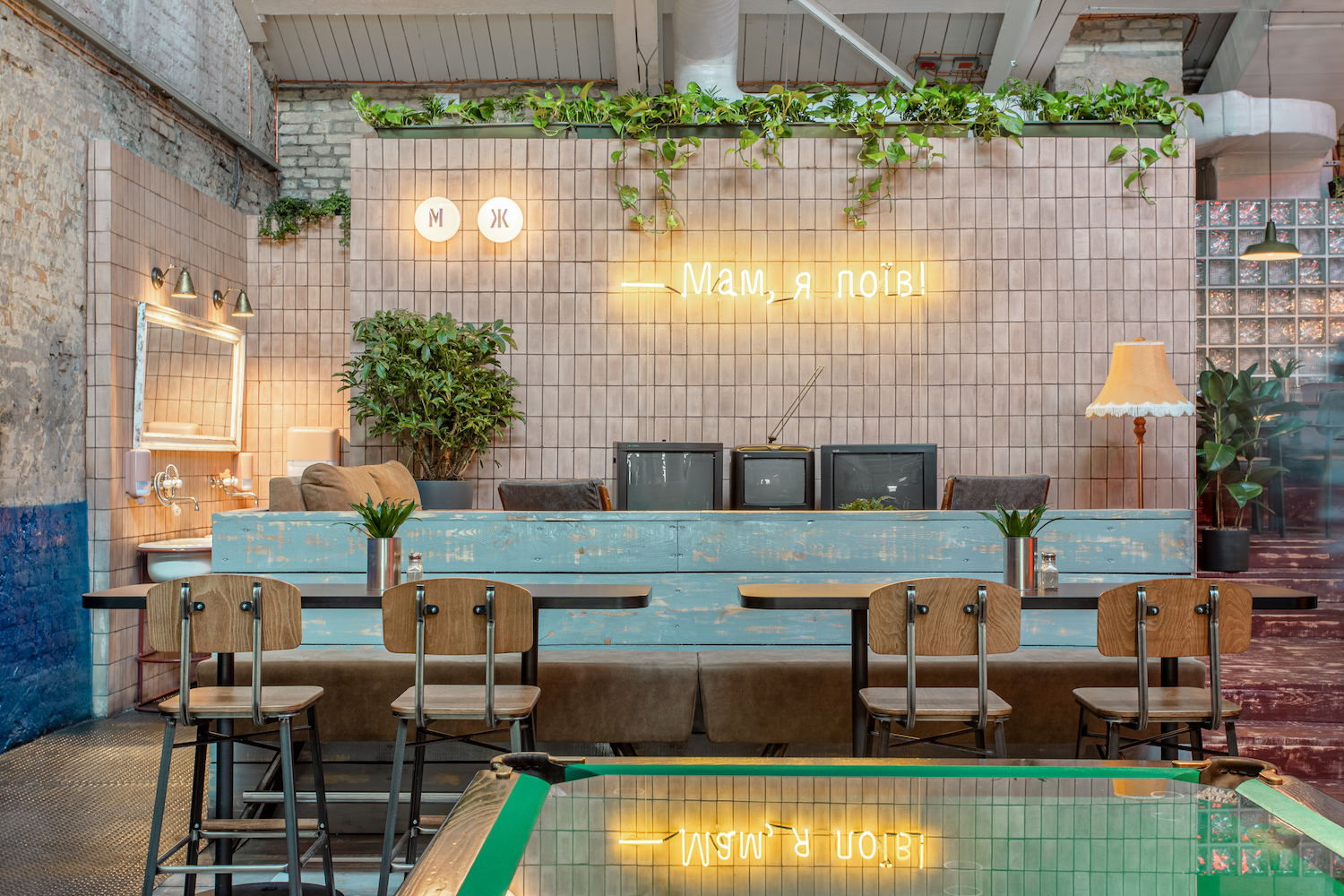
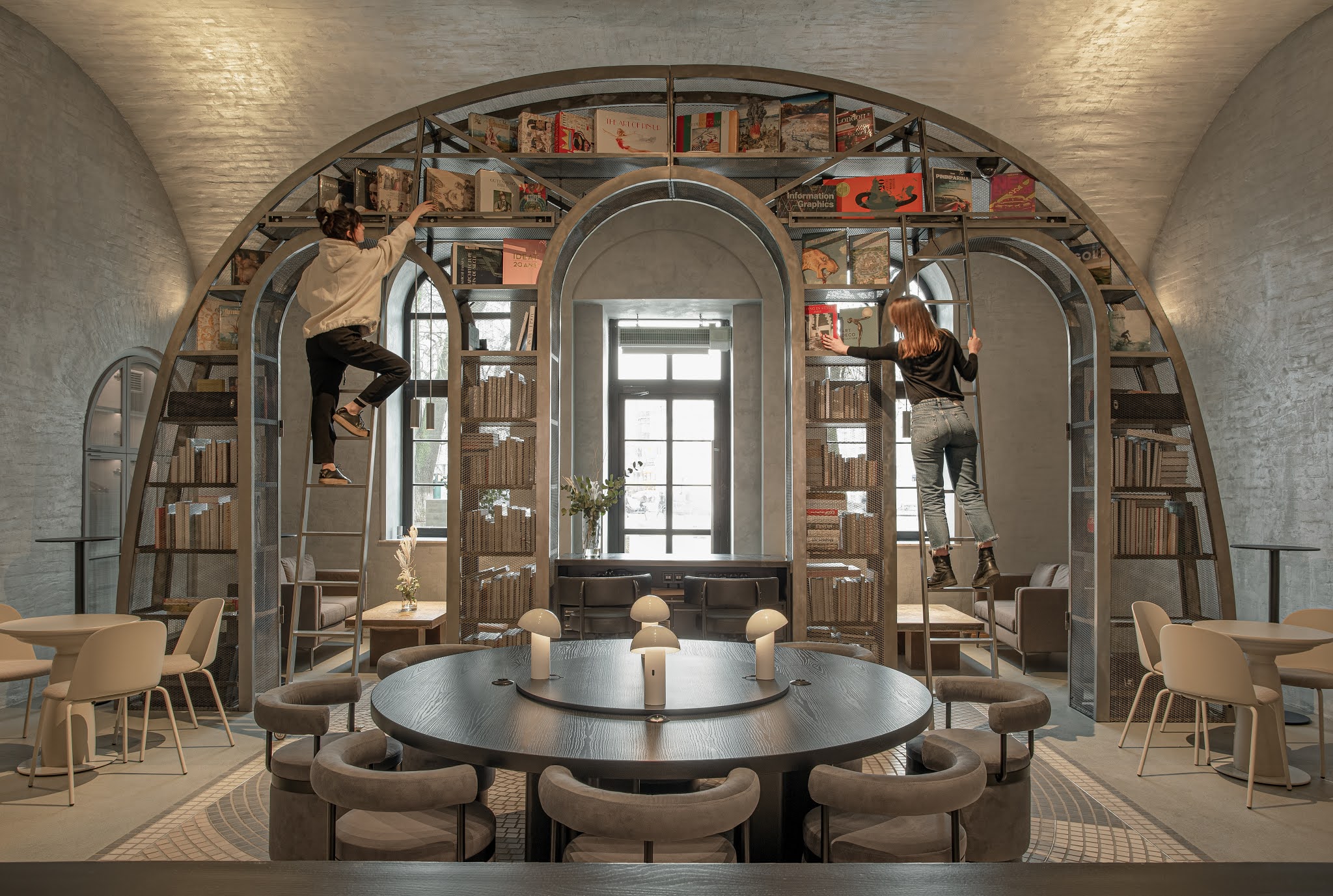
.jpg)
